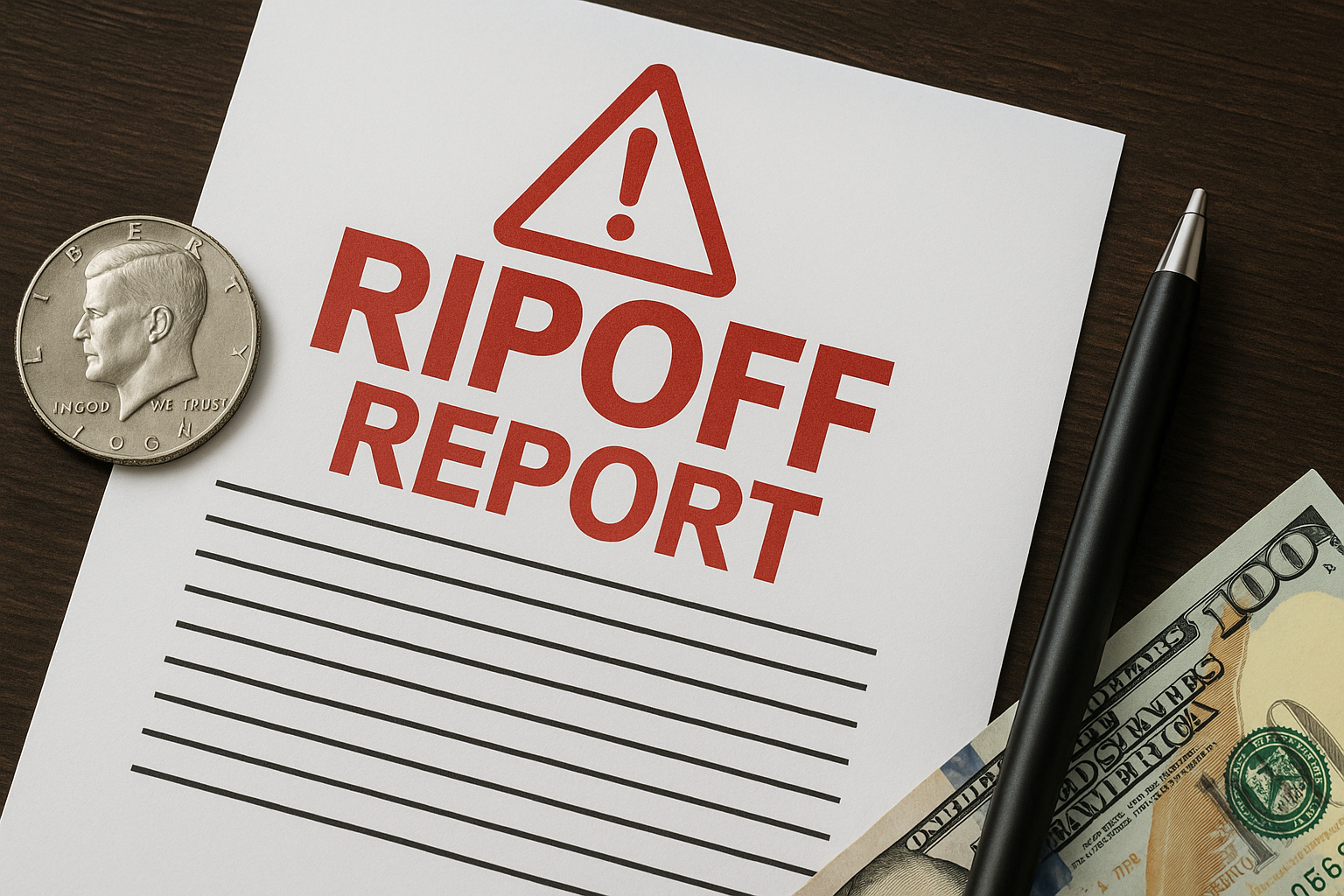The Origin of the Lawsuit
The case Cautero v. Ashcroft Legacy Funds was officially filed in February 2025 by a group of 12 accredited investors, alleging more than $18 million in collective damages. The investors accuse Ashcroft Capital of presenting inflated IRR projections (by about 4–6%), failing to disclose material risks, and mishandling sponsor fees and communications.
What Sparked Concern
Ashcroft Capital built its reputation by acquiring underperforming multifamily properties and improving them, primarily in markets like Texas, Georgia, and Florida. However, when distributions lagged and unexpected capital calls emerged—sometimes up to nearly 20%—investors began to question the firm’s transparency and risk management.
Main Allegations Against Ashcroft Capital
Several core issues form the backbone of the lawsuit:
- Inflated Returns: Marketing materials reportedly overstated IRR figures by approximately 4–6%.
- Poor Risk Disclosures: Key risks—including funding gaps, rate-cap exposure, and loan structures—were allegedly omitted or underplayed.
- Fee Charging Despite Underperformance: Even while properties underperformed or distributions paused, sponsor and management fees remained in effect.
- Ineffective Communication: Investors claim that updates were delayed or vague at critical junctures.
Legal Progress and Current Status
As of mid-2025, the case is in the pre-trial discovery stage. Courts have ordered documentation such as internal financial models and communications. In July 2025, partial document production sparked investor frustration, while motions to compel further discovery and expand the defendant list—including adding Ashcroft Property Management—are in motion.
Settlement Buzz and What Comes Next
There are reports that settlement talks have begun, though no agreement has been confirmed. If unresolved, the case could head toward trial in 2026, potentially involving depositions and extended litigation. Expanding the case into a class action remains a possibility.
Impact on Investors
Investor sentiment has become cautious. Many feel burned by paused distributions, surprised by capital calls, or unsettled by fee structures. Some are seeking legal advice, joining community forums, or retrying to exit their investments.
Ripple Effects Across the Industry
This lawsuit has triggered broader shifts—investors now demand more transparent communication, stronger risk disclosures, and audited financials. Regulators may also ramp up oversight of real estate syndication practices. Sponsors across the industry are taking note.
Tips for Investors Moving Forward
- Examine Offering Documents Carefully: Pay close attention to the PPM and subscription materials to fully understand risks and expectations.
- Stay Proactive: Monitor fund performance, communicate regularly, and don’t hesitate to ask questions or seek counsel.
- Diversify Thoughtfully: Consider spreading capital across multiple sponsors or asset types to reduce dependence on any one entity.
Why the Case Matters
Beyond its financial implications, the Ashcroft Capital lawsuit underscores a vital lesson: even well-respected firms aren’t immune to scrutiny when transparency lapses—or when assumptions don’t align with reality. It’s a powerful reminder for all real estate investors that due diligence isn’t optional—it’s essential.




